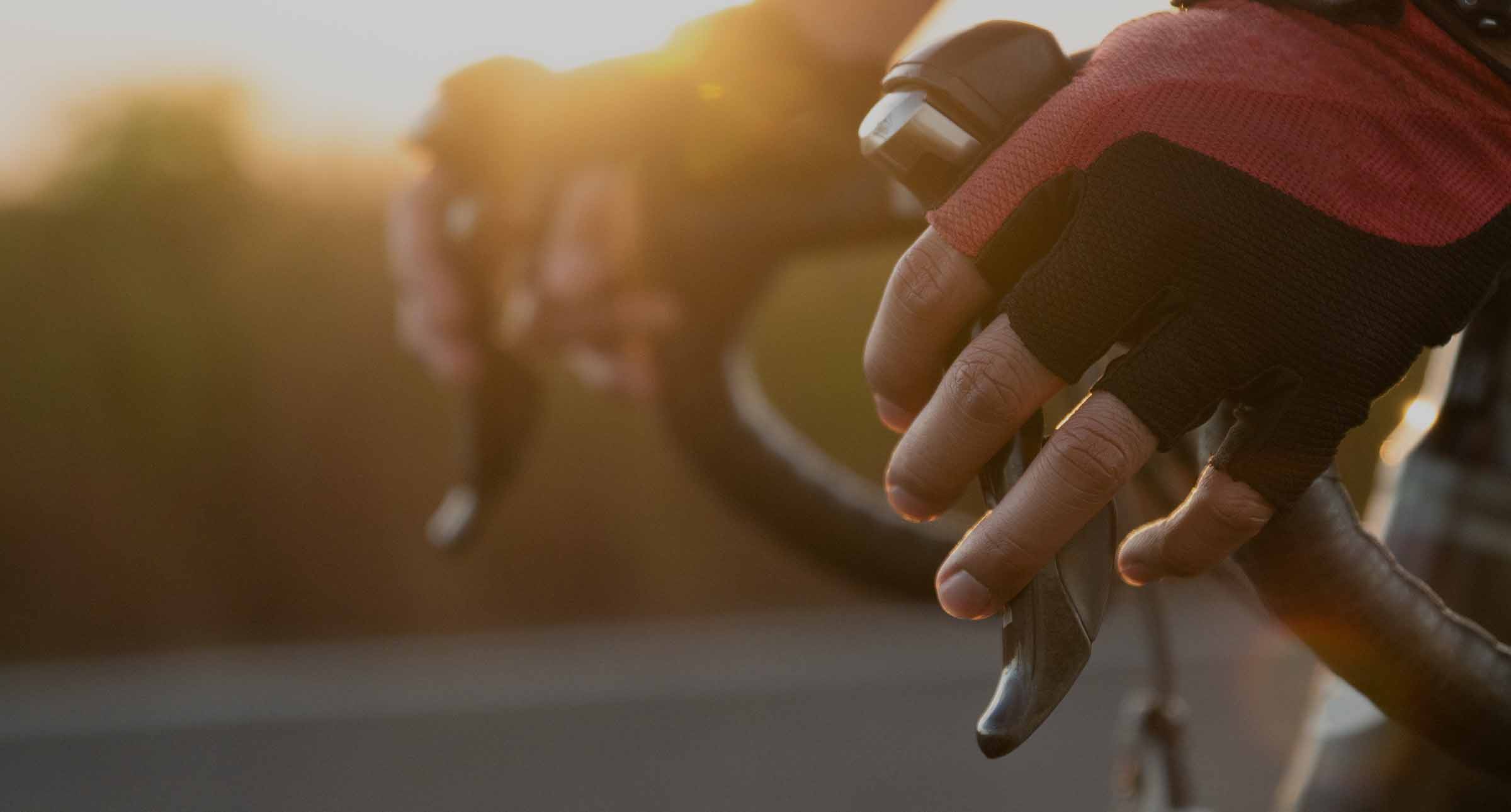The 5 most common dangers to cyclists on the road

I live and breathe cycling, and work with cyclists who are injured in road traffic accidents on a daily basis. I see the terrible injuries caused by motorists when they make simple mistakes; such as changing direction without checking their blind spot. I see how defects in road surfaces can easily cause riders to be thrown off their bikes, onto the road, or worse, towards the traffic.
As there is with walking and driving, cycling also carries with it a risk of injury. Nevertheless, I would encourage anybody to get on their bike and go cycling, because I do not believe that cycling is dangerous; it is no more dangerous than lots of other normal day to activities.
There are certain circumstances that present the greatest risk of injury to cyclists. So, to raise awareness and to explain where accidents are most likely to happen, I’ve highlighted some of the most common locations for cycling accidents. I’ve even made some suggestions for staying safe and enjoying your time on your bike:
For quick reference, these are:
1 - T-Junctions
Accidents at T-junctions are, unfortunately, equally as common as accidents at roundabouts. In my caseload there is an even split between:
- accidents caused by motorists emerging on to main roads and colliding with cyclists travelling past the junction; and
- accidents caused by motorists who fail to give way when they turn across oncoming traffic. My clients are usually travelling in the opposite direction with no intention of turning off.
Often motorists will argue that the cyclist didn’t make themselves visible enough. In such cases, witness evidence can be important to establish that, for example, my client was using bicycle lights in the dark.
Other arguments about visibility can arise, such as whether my client should have been wearing high visibility clothing. Needless to say, this argument normally receives short shrift. Put simply, if a motorist fails to see a cyclist cycling towards them in broad daylight, the presence of a reflective strip on their clothing or a different coloured jacket will almost certainly have made no difference to the outcome.
At a time when we should be encouraging cycling as an activity, the clothing we wear should be a long way down the list of priorities.
The Highway Code is written on the basis that cyclists might be difficult to see, especially in situations such as; when cyclists are approaching from behind, coming out of junctions, using roundabouts, and overtaking or filtering through traffic. Basically, motorists should take time to look out for cyclists.
2 - Filtering and overtaking
A lot of people commute to work by bike. With so many cars on the road, the volume of traffic and impatience of some drivers can be cause for concern. Accidents in busy traffic while cyclists filter through or overtake stationary and/or slow moving traffic are one of the more common types of accident.
Clearly, cyclists are well within their rights to filter between or overtake lanes of stop-start traffic. Usually, accidents happen in these circumstances when motorists change lanes without checking their mirrors or blind spot before they change direction.
Whilst – touch wood – I’ve never had an accident, I often think about my own approach to cycling in busy traffic. I am often as assertive as possible but I do hover over the brakes so that I am able to respond quickly to anything unexpected. I’m particularly mindful of junctions on my left hand side as well, and try to avoid being in the blind spot of any large vehicles that may decide to turn left without indicating.
There doesn’t necessarily need to be a collision for an accident to happen. I’ve won cases recently where lorries have caused cyclists to fall off without touching them (because they have overtaken them so closely). It is obviously easier to succeed with a case where cyclists are struck by overtaking vehicles.
The Highway Code is very clear: vehicles should give cyclists at least as much room as they would when overtaking a car, and be mindful that cyclists may suddenly need to avoid uneven road surfaces or obstacles such as drain covers.
3 - Roundabouts
It may not surprise you to learn that roundabouts are one of the most common locations for accidents, especially bigger ones with numerous exits.
More often than not, either:
- motorists emerge from a side road onto a roundabout without giving way to cyclists (normally because the driver simply hasn’t seen them); or
- a motorist overtakes a cyclist and then turns off the roundabout, leaving insufficient room. Their car therefore hits the cyclist before they leave the roundabout.
These accidents are, as you can probably tell, caused by the negligent driving of the motorist.
4 - Parked vehicles
I generally hear about these cases second-hand or I see clips on social media. Over the years, I have succeeded with probably a handful of cases where cyclists have been knocked off their bikes by a car door being opened into their path.
Establishing liability in cases such as these is generally straightforward for obvious reasons. It is worth trying to remember this when you are passing (usually parked) traffic on your nearside though, and leave a bit more room.
When I can see cars parking and people getting in and out of their vehicles I usually adopt a more central position. This puts a reasonable distance between us as I cycle past so that I have slightly more time to try and react.
The long and short of it is, it shouldn’t be necessary to cycle in this way because people should check over their shoulder and in their mirrors before they open their doors. However, people often forget, so bearing this in mind may be helpful for new riders.
5 - Potholes
For cyclists, the final danger I want to point out has nothing to do with other motorists – the danger can be the road surface itself.
Potholes can be really dangerous for cyclists and may sometimes seem unavoidable. It is important when riding in a group to look ahead and to point out defects in the road, especially if your fellow riders are close behind you.
Riding assertively can also help; if you are cycling along a road that is in a particularly poor state you can adopt a more central position and avoid any particularly dangerous potholes which are often towards the edge of the road.
Claims against highway authorities as a consequence of an accident caused by a pothole or poorly maintained road are tricky to handle. To start with, we usually conduct a review of the highway inspection and maintenance records; the aim being to find any inadequacies or inconsistencies. We have recently succeeded with cases just like this, but much depends on the records.
Hopefully, for cyclists reading this, these five examples have included some helpful suggestions and reminded you of some things that you already knew. The most important piece of advice relates to your riding style, which may become more assertive or defensive depending on the situation.
Unfortunately though, the accidents I have described above are rarely attributable to the actions of the cyclist. It is rarely the case that my clients could have done anything to avoid the accident that caused them to be injured.
Find out more about how I can help with cycling accident claims here, or watch the video below:
Find out more about Mark Hambleton
If you’ve been in a cycling accident, and suffered an injury, contact our team to find out more about making a claim for compensation.
Call now














